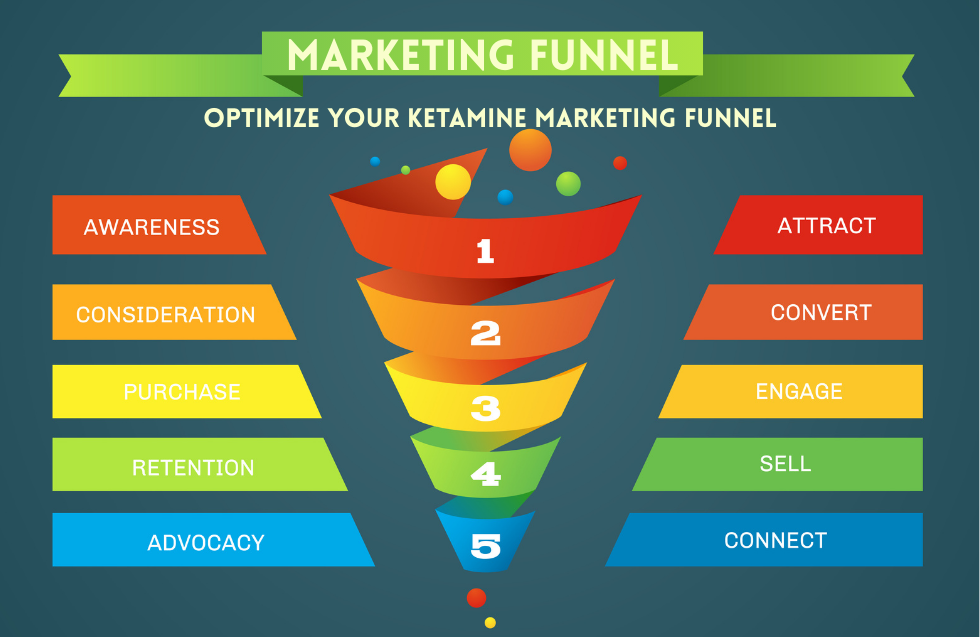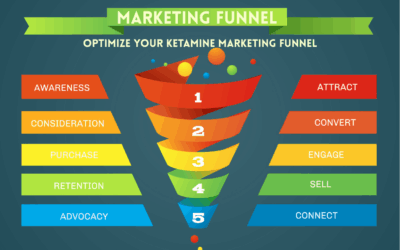In today’s globalized economy, mastering market competition is fiercer than ever. Every industry is saturated with companies vying for market share, innovating rapidly, and adapting to consumer demands. For businesses, competing strongly in the market is not just about survival but about positioning themselves as leaders in their field. Dominating an industry requires a deep understanding of the market, effective strategies, and the ability to stay ahead of emerging trends.
In this blog, we’ll explore key strategies for mastering market competition, backed by facts and statistics, that can help any business thrive and grow, no matter how competitive the landscape.
Understanding the Importance of Market Competition
Market competition is the driving force behind innovation, improved product quality, and competitive pricing. Businesses must continually adapt, refine their strategies, and improve their offerings to stay ahead. A competitive marketplace benefits consumers with more choices, better services, and lower prices.
For businesses, competition forces companies to focus on customer satisfaction, operational efficiency, and innovation. The Harvard Business Review reported that companies operating in highly competitive industries are 80% more likely to innovate and 60% more likely to invest in customer retention strategies than those in less competitive markets. With global markets growing and the rise of digital transformation, businesses now face competition not just from their local competitors but from global players as well.
1. Differentiation: Standing Out in a Crowded Market
One of the most important strategies for dominating your industry is differentiation. In a crowded marketplace, businesses must distinguish themselves from competitors by offering something unique—whether that’s a superior product, better customer service, or a distinctive brand identity. Differentiation helps businesses avoid the “commodity trap,” where products or services are indistinguishable from competitors, leading to price wars and diminishing profits.
Examples of Differentiation:
- Apple Inc. is a prime example of differentiation. While there are countless smartphone manufacturers, Apple has distinguished itself by focusing on sleek design, user experience, and a robust ecosystem of products. The result? Apple commands a 22% global market share in smartphones but takes home 83% of the industry’s profits, according to Counterpoint Research. This is because customers are willing to pay a premium for the brand’s perceived value.
- Tesla is another example of successful differentiation. The electric vehicle (EV) market is growing, but Tesla has positioned itself as a leader by focusing on cutting-edge technology, autonomous driving features, and sustainable energy. As of 2023, Tesla holds about 65% of the U.S. EV market share, according to Statista. Its unique positioning and innovative approach set it apart from traditional automakers.
To differentiate successfully:
- Focus on your unique value proposition (UVP): What sets your business apart?
- Continuously innovate your products or services.
- Build a brand identity that resonates with your target audience.
2. Pricing Strategies: Competing Beyond Cost
Price competition is common, but winning in your industry isn’t solely about offering the lowest price. Pricing strategies must be well-calibrated to reflect the value offered by your product or service. Competing on price alone can erode margins and lead to a race to the bottom, whereas a strategic approach can boost profitability.
Popular Pricing Strategies:
- Penetration Pricing: Offering lower prices initially to gain market share, then gradually increasing prices once customer loyalty is built. This is effective for new businesses trying to establish a presence.
- Premium Pricing: Used by luxury brands or companies with a strong brand identity, this involves charging higher prices to reflect higher value. Rolex and Louis Vuitton are examples of brands that use premium pricing to maintain an exclusive image and justify high price points.
- Value-Based Pricing: This strategy involves setting prices based on the perceived value to the customer rather than the cost of production. For example, Starbucks can charge higher prices than its competitors because customers value the experience, ambiance, and premium coffee blends it offers.
According to McKinsey, 63% of consumers are willing to pay higher prices for premium brands, which highlights the importance of perceived value in pricing strategies.
To implement effective pricing strategies:
- Understand your target market and their willingness to pay.
- Communicate the value your product or service provides.
- Monitor competitor pricing but don’t rely solely on price competition—value differentiation is key.
3. Customer-Centric Approach: Building Loyalty and Advocacy
In the age of the empowered consumer, having a customer-centric approach is essential for mastering market competition. Companies that prioritize customer satisfaction not only retain their customers but also turn them into brand advocates. Customer loyalty can be the difference between a thriving business and one struggling to stay afloat.
Key Components of a Customer-Centric Strategy:
- Personalization: Today’s customers expect personalized experiences. According to Accenture, 91% of consumers are more likely to shop with brands that provide personalized offers and recommendations. Brands like Amazon excel at personalization by leveraging customer data to offer tailored product suggestions and targeted marketing campaigns.
- Exceptional Customer Service: High-quality customer service can be a key differentiator. According to Microsoft, 96% of consumers say that customer service is important in their choice of loyalty to a brand. Companies like Zappos have built their brand on providing excellent customer service, often going above and beyond to satisfy their customers.
- Customer Feedback and Engagement: Businesses should actively seek feedback from their customers and be responsive to their needs. Social media has made customer engagement more important than ever. Brands that engage with their customers in real-time and show that they care about customer opinions build stronger, long-lasting relationships.
Salesforce’s State of the Connected Customer report found that 80% of consumers believe the experience a company provides is as important as its products or services.
To build a customer-centric business:
- Use data to personalize customer experiences.
- Invest in training employees to deliver top-tier customer service.
- Actively engage with customers on social media and other platforms to build relationships.
4. Innovation: Staying Ahead of the Curve
Innovation is the engine of industry domination. Companies that continuously innovate can anticipate trends, create new products or services, and redefine customer expectations. Without innovation, businesses risk becoming obsolete in a fast-changing mastering market competition. In fact, PwC’s Innovation Benchmark found that 93% of executives believe that organic growth through innovation will be crucial to their company’s success.
Key Areas for Innovation:
- Product Innovation: This involves creating new products or improving existing ones. Dyson is a company that has thrived on product innovation. By creating cutting-edge vacuum cleaners, fans, and hand dryers, Dyson has built a loyal customer base and maintained a competitive edge in the home appliance industry.
- Process Innovation: This focuses on improving internal processes to increase efficiency. Toyota’s lean manufacturing revolutionized the automotive industry by streamlining production processes, reducing waste, and improving overall quality. Today, many industries adopt Toyota’s approach to optimize their operations.
- Business Model Innovation: This involves rethinking how you create, deliver, and capture value. For example, Netflix transformed the entertainment industry by shifting from DVD rentals to streaming, while Uber disrupted the transportation sector with its ridesharing model.
Deloitte reported that companies that prioritize innovation are 1.7 times more likely to be market leaders in their industries.
To stay ahead of the competition through innovation:
- Encourage a culture of innovation within your organization.
- Invest in research and development (R&D) to continuously improve products, services, and processes.
- Stay attuned to emerging trends and customer demands to innovate proactively.
5. Leveraging Technology for Competitive Advantage
In the digital age, leveraging technology is critical for staying competitive. Businesses that adopt the latest technologies can streamline operations, improve customer experiences, and offer cutting-edge solutions. The IDC Worldwide Digital Transformation Spending Guide projects that by 2026, global spending on digital transformation will reach $3.4 trillion, demonstrating the importance of technology in staying competitive.
Key Technologies to Leverage:
- Artificial Intelligence (AI) and Machine Learning (ML): AI and ML can help businesses analyze customer data, predict mastering market competition trends, and automate processes. Netflix uses AI to recommend content to users, which has contributed to its massive customer retention. Similarly, Amazon uses AI to optimize logistics, personalize shopping experiences, and forecast demand.
- Data Analytics: Data-driven decision-making enables businesses to anticipate customer needs and adjust strategies in real time. According to Forbes, 91% of companies say that data-driven decision-making is critical to their success. Data analytics tools can help businesses better understand customer preferences, optimize marketing efforts, and streamline supply chains.
- Cloud Computing: Cloud-based solutions allow businesses to scale efficiently, improve collaboration, and reduce operational costs. Salesforce, a leader in cloud-based CRM software, has enabled companies to manage their customer relationships more effectively, leading to increased sales and customer satisfaction.
- Automation: Automation tools help businesses streamline repetitive tasks, reduce costs, and improve efficiency. McKinsey estimates that 45% of work activities could be automated using current technology, presenting a massive opportunity for businesses to increase productivity.
To gain a competitive advantage with technology:
- Invest in AI and data analytics to improve decision-making and customer experiences.
- Adopt cloud solutions to enable scalability and flexibility.
- Automate repetitive tasks to improve efficiency and reduce costs.
6. Building a Strong Brand Presence
A strong brand is essential for dominating an industry. Brand equity—the value that customers associate with your brand—can influence customer loyalty, pricing power, and market perception. According to Interbrand’s Best Global Brands 2022 report, the top brands such as Apple, Amazon, and Google have built immense brand value, which contributes significantly to their industry dominance.
To build a strong brand presence:
- Be consistent with your brand messaging and values.
- Ensure that your brand reflects the quality and value of your products.
- Leverage social media and digital marketing to connect with your target audience.
Conclusion
Mastering market competition and dominating your industry requires a multifaceted approach. By differentiating your offerings, implementing effective pricing strategies, prioritizing customer satisfaction, embracing innovation, leveraging technology, and building a strong brand, businesses can rise above the competition and thrive in even the most competitive industries.
The key to success lies in staying agile, understanding the evolving mastering market competition, and continuously adapting strategies to meet new challenges. Businesses that can anticipate trends, leverage technology, and consistently deliver value to customers will not just survive but will dominate their industries.













